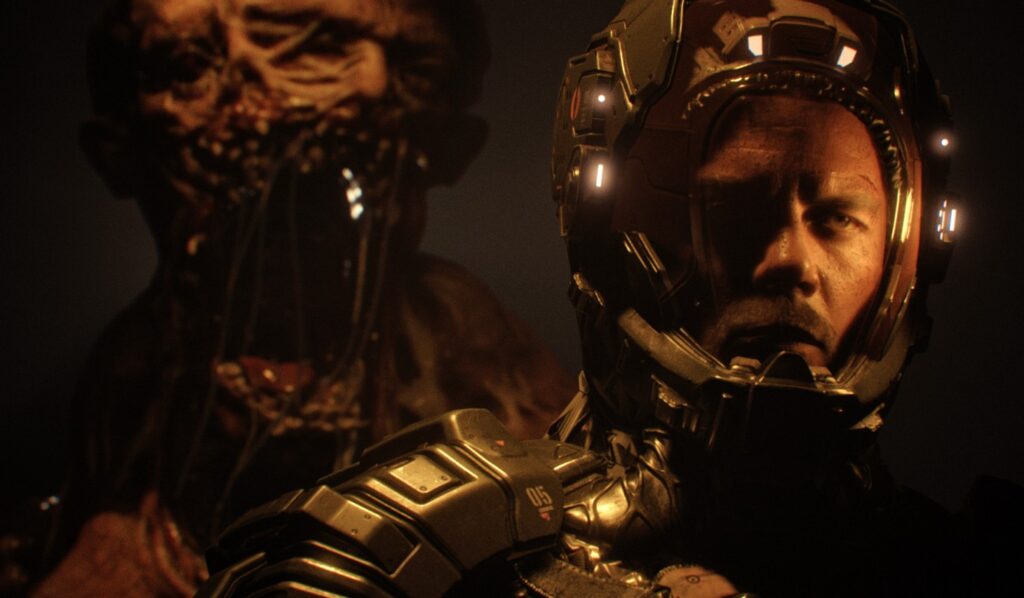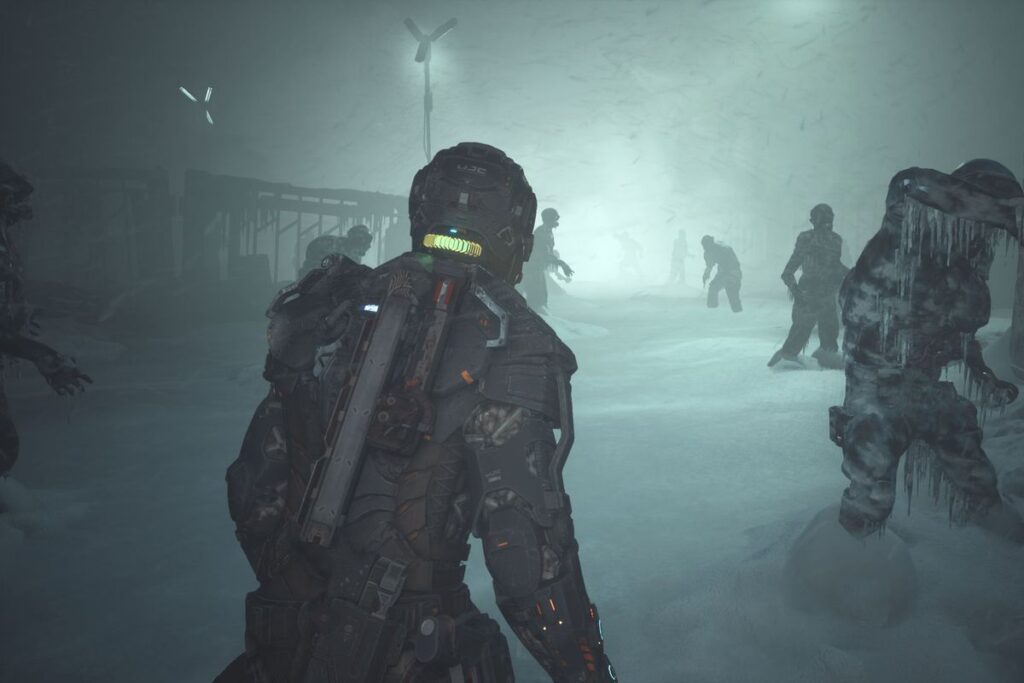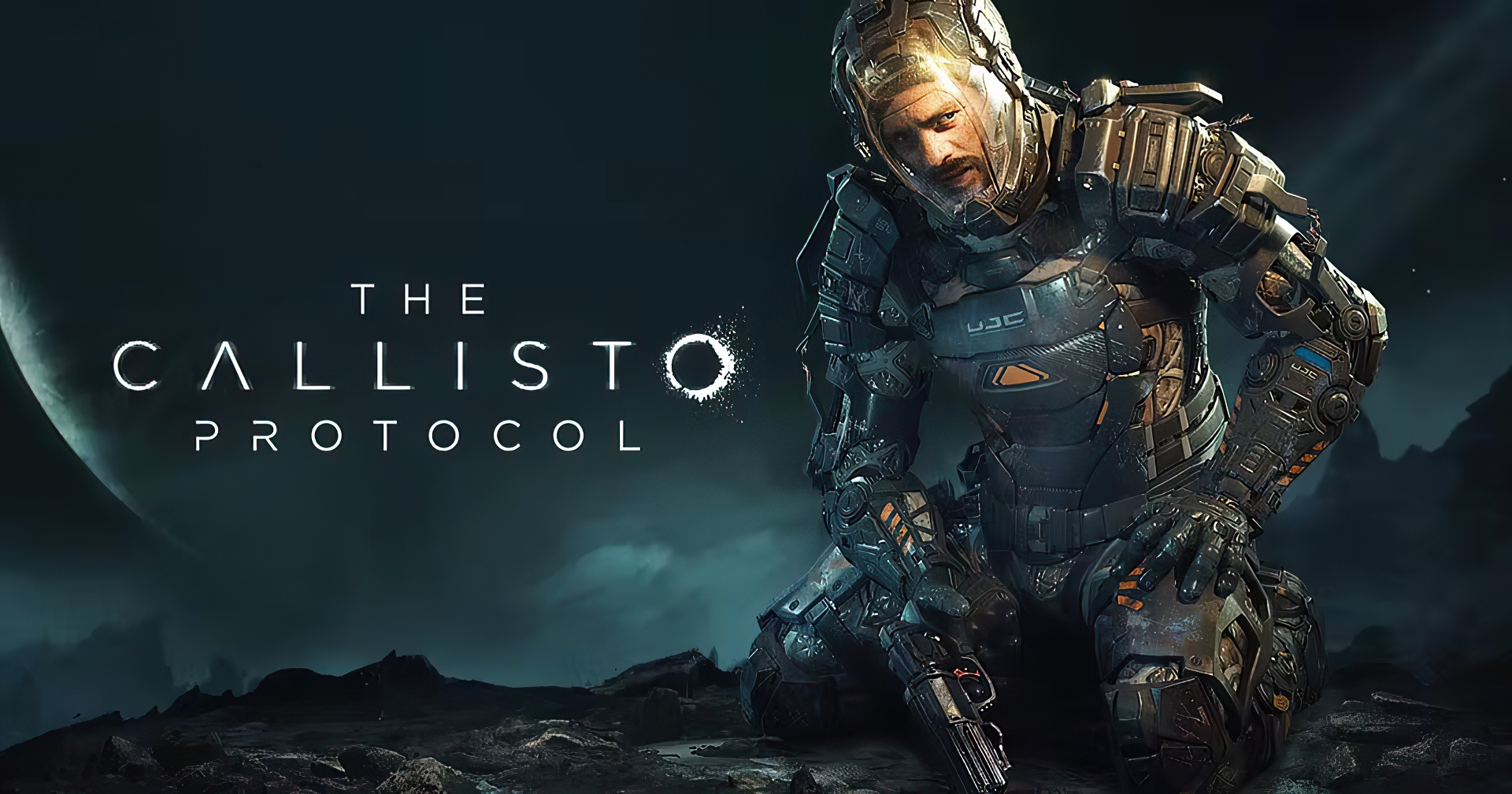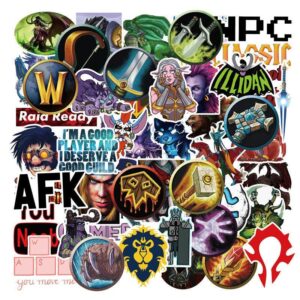Despite launching 15 years later, there is no doubt that The Callisto Protocol is the spiritual predecessor to Dead Space.
This release manages to recreate the haunting blood-streaked hallways and space zombie-slaying hallmarks initially developed on the USG Ishimura back in 2008 and injects the experience with more awe than ever before thanks to some striking of blood and gore. Its visceral combat is excellent, but the game also has its drawbacks.

Like Dead Space, The Callisto Protocol dazzles with its extraordinary art and sound design, even replicating Dead Area’s over-the-shoulder third-person viewpoint and integrated HUD.
However, The Callisto Protocol forges its own path by focusing on melee strikes and dodges, using a combat system that feels excellent at first. However, it isn’t suitable for the game’s more action-focused latter half.
Additionally, prolonged death animations intensify the aggravations of difficulty spikes, creating an experience that feels like an odd mix of horror and action that fails to stand out for either.
Story
You play as Jacob Lee; a freight transporter contracted to ferry cargo for the United Jupiter Company, moving products from the UJC-operated Black Iron Prison on Callisto to the nest on Europa.
The combat feels satisfyingly weighty as you bash off mutant limbs and bludgeon skulls
On a regular journey back to Black Iron, Jacob’s ship is boarded by Outer Method, a group blamed for a recent terrorist attack on Europa. In the ensuing battle, Jacob and Outer Method leader Dani Nakamura are the only survivors stranded on Callisto.
Jacob finds himself falsely imprisoned at Black Iron Prison right when a mysterious outbreak starts mutating people into horrific monsters. Lee uses the chaos to escape his cell and soon partners with fellow prisoners to find a way out.

It’s now up to Lee to get to the root of the evil and find a way off the prison planet.
What follows is a claustrophobic crawl through the prison center. The stage is incredibly well realized, though linear.
The Callisto Protocol dedicates little time to story and worldbuilding.
Josh Duhamel does a commendable task in the lead role. But none of the supporting characters (save for Elias) are particularly likable. And though the main villain has an appealing intrigue, his motivations were revealed late in the game, just before the conclusion. Had his story threads been developed earlier, the characters and motivations could have been more thoroughly explored.
Dead Space 1.5
The Callisto Protocol is effectively a Dead Space game in all but name. From the minimalistic HUD to the stomping of crates and remains to reveal resources, there is little change to the Dead Space formula.

There’s even evidence of a mystical, spiritual cult that’s in some way associated with the breakout and guidelines on how to eliminate enemies left in blood smeared on the walls.
The most notable change to the Dead Space template is an increased focus on melee combat. Weapons and ammo are sparse throughout the opening hours, forcing you towards uncomfortably claustrophobic close-range combat.
Thankfully, the combat feels satisfyingly weighty as you bash off mutant limbs and bludgeon skulls.
However, the game feels almost uncontrollable when faced with bigger groups of enemies. When several biophages surround you, you attempt to dodge from a particular enemy, and you could end up dodging from another instead. This often leaves you cornered or in a spot you weren’t expecting. It doesn’t happen every time; however, it happens enough to be frustrating, and in a game as hard as The Callisto Protocol, it can lead to game over.
The integrated HUD works against The Callisto Protocol’s combat, too. In a game like Dead Space where protagonist Isaac Clarke is fighting necromorphs from a distance, it’s a lot easier to quickly glance at the display screens on Isaac’s armor and watch the approaching necromorphs, weighing the circumstance versus your present health and ammo count.

But in The Callisto Protocol, Jacob is moving around a lot more, twisting his body as he evades attacks or swings his stun baton within the throes of a close-quarters fight. As a result, it’s challenging to track your resources because the threat at hand is more immediate, and the displays detailing the relevant info are moving around more.
Bosses and Enemies
There are essentially three bosses in the game, and they all show up in the second half, with Jacob having to fight two of them numerous times.
One repeating boss is especially durable and can kill Jacob with a single hit, which can result in a great deal of deaths.
That’s not to say there isn’t a healthy variety of enemy types to tackle in The Callisto Protocol. Although they embody a relatively traditional set of survival horror archetypes: standard zombie, suicide bombers that rush you, spider-like animals that scurry on all fours up walls and along ceiling, they all look incredibly repulsive.

Conclusion
I don’t want to sound overly critical. The Callisto Procedure is great for the first three quarters or so. It’s a supremely atmospheric and action-heavy trip through an amazing slaughterhouse embedded in a remote area. Its mainly linear design produces minimal backtracking, and the different sections of the world are unique enough to feel fresh throughout.
Finally, while its eight-hour runtime feels about right in terms of pacing, there’s precious little to do in The Callisto Procedure after you have beaten the story.
Aside from the meaty melee fight, there’s also the bypassing sense that there’s not a lot here that hasn’t been done already. Hence, The Callisto Procedure is a satisfyingly gory spiritual follower of the Dead Space series but lacks its own identity.
Considering its brief length and absence of replay value, it is tough to recommend The Callisto Procedure at full cost, but it gets a solid “buy” when the price comes down a bit.
The Callisto Protocol will launch on December 2 for PC, PS4, PS5, Xbox One, and Xbox Series X.
The Callisto Protocol Review Summary
The Callisto Protocol is a satisfyingly gory spiritual successor to the Dead Space series, but it’s short run time, frustrating difficulty spikes, and lack of innovation make it hard to recommend at full price.
Overall
70%Pros
- Beautiful graphics and strong art direction curate a beautiful, albeit chilling, in-game world
- Strong sound design informs you of what’s going on even if you can’t always see it
- Sam Witwer’s wonderful performance
Cons
- The precision of melee combat can’t keep pace with the escalating mob of enemies you encounter in the latter half of the game
- Death animations are too long and can’t be skipped, making repeated deaths irritating













